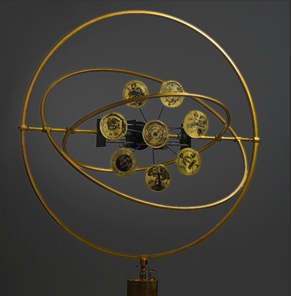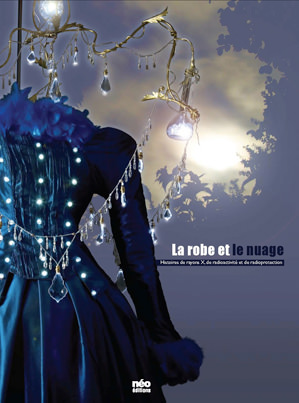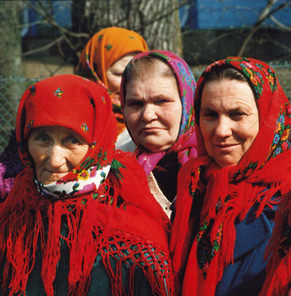Dernières publications
Radiation Protection Culture at School: Feedback Experience and Perspective
- Détails
- Catégorie : Communications
- Publication : lundi 14 mai 2012 15:00
SCHNEIDER T., REAUD C., CHARRON S, BERNAUD J.Y.
The radiation protection culture corresponds to the set of knowledge and know-how allowing people to be informed, to behave and to make decision accordingly with regard to exposure situations involving ionizing radiation. In this perspective, the aim of the development of this culture is to provide people the means to understand the risk
Oral presentation at IRPA13, Glasgow, Sctoland, 14-18 May 2012.
Abstract
The radiation protection culture corresponds to the set of knowledge and know-how allowing people to be informed, to behave and to make decision accordingly with regard to exposure situations involving ionizing radiation. In this perspective, the aim of the development of this culture is to provide people the means to understand the risk associated with exposure to ionizing radiation, as well as the origin and the localisation of the radioactivity in the different places. It also aims at providing the means for appraising the efficiency of the different protective measures already implemented or to be implemented. The development of this corpus of knowledge and know-how at school is based on the practical experience instead of a purely theoretical approach, and has to favour the cooperation between teachers and radiation protection experts in relation with the local contexts concerning exposure to ionizing radiation.
Experiences with schools have been developed first in the context of the post-accidental situation in Belarus and more recently in France to deal with exposures associated with radon or discharges of nuclear installations, as well as in the medical sector. The success of the first experiences clearly relies on the willingness of the teachers and the students to experiment the development of the radiation protection culture, mainly out of the traditional school programme. It also relies on the flexibility and the dynamics of the work performed with the young students. It allows them at the same time to address scientific topics related to their own context in cooperation with experts and to challenge the relationship between science and society in addressing social, economic or philosophical dimensions according the teachers involved.
Furthermore, the relationship developed with professionals for scientific mediation (Pavillon des Sciences) was crucial to favour the development of knowledge and know-how instead of theoretical approaches of radiation protection. The place of radiation protection experts is also essential: this is a real challenge for us to present to a young public what is at stake in radiation protection in terms of public health, research, protection and surveillance of the environment. There is a need to find the good wording, the meaningful experiences and the limited set of useful knowledge to deal with the radiation protection issues with young people.
In the perspective of enlarging the experiences already developed, it could be useful to:
- Develop pedagogical documents describing the approaches implemented together by teachers and radiation protection experts;
- Favour local initiatives in establishing relationship between school teachers, scientific mediation professionals and radiation protection experts;
- Organise the sharing of these experiments at the national and international levels, notably through Radiation Protection Societies and IRPA.
A1129

 Le Centre d’étude sur l’Évaluation de la Protection dans le domaine Nucléaire (CEPN) est une association à but non lucratif, fondée en 1976, pour évaluer la protection de l’Homme contre les dangers des rayonnements ionisants, sous ses aspects techniques, sanitaires, économiques et sociaux.
Le Centre d’étude sur l’Évaluation de la Protection dans le domaine Nucléaire (CEPN) est une association à but non lucratif, fondée en 1976, pour évaluer la protection de l’Homme contre les dangers des rayonnements ionisants, sous ses aspects techniques, sanitaires, économiques et sociaux.

